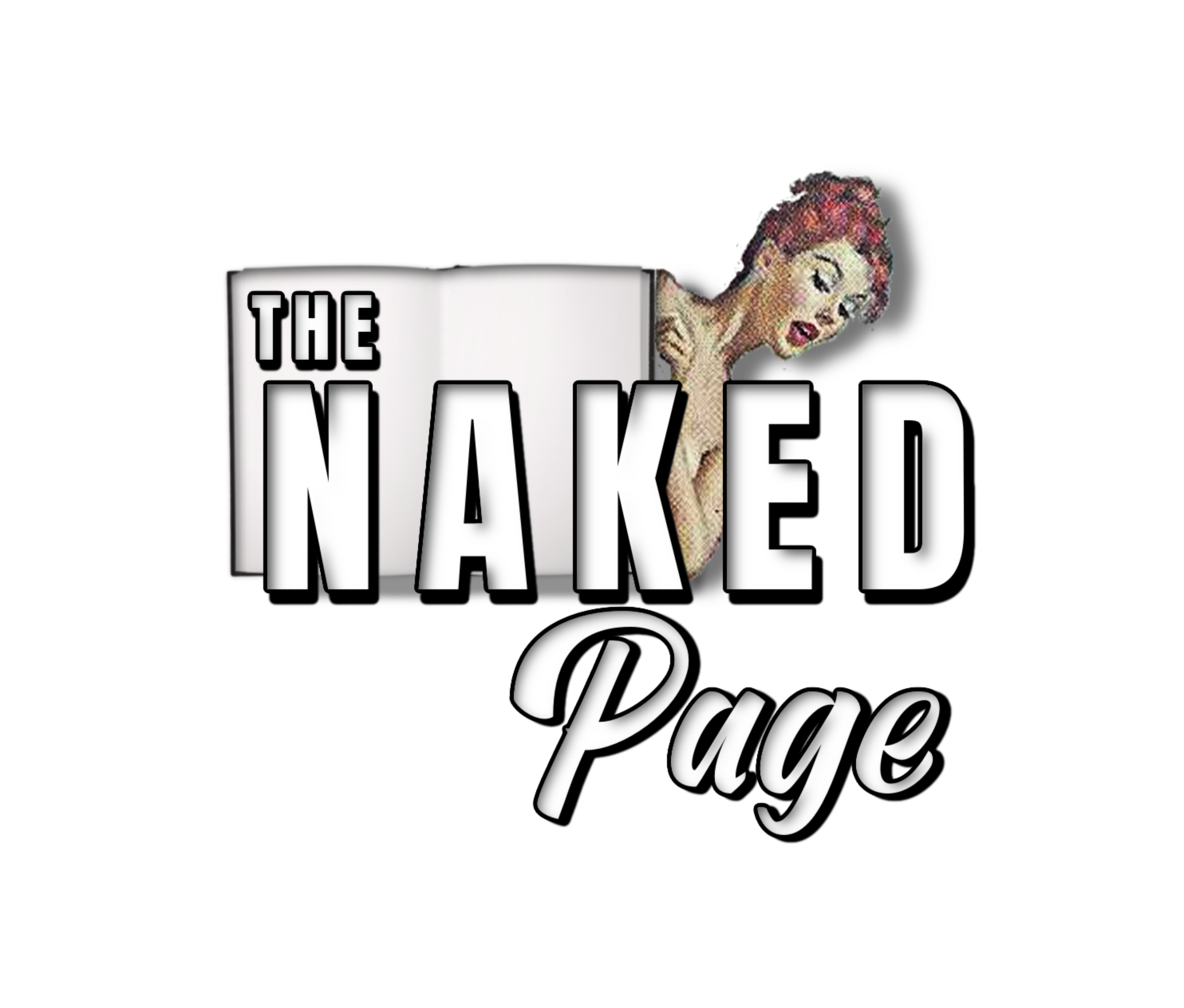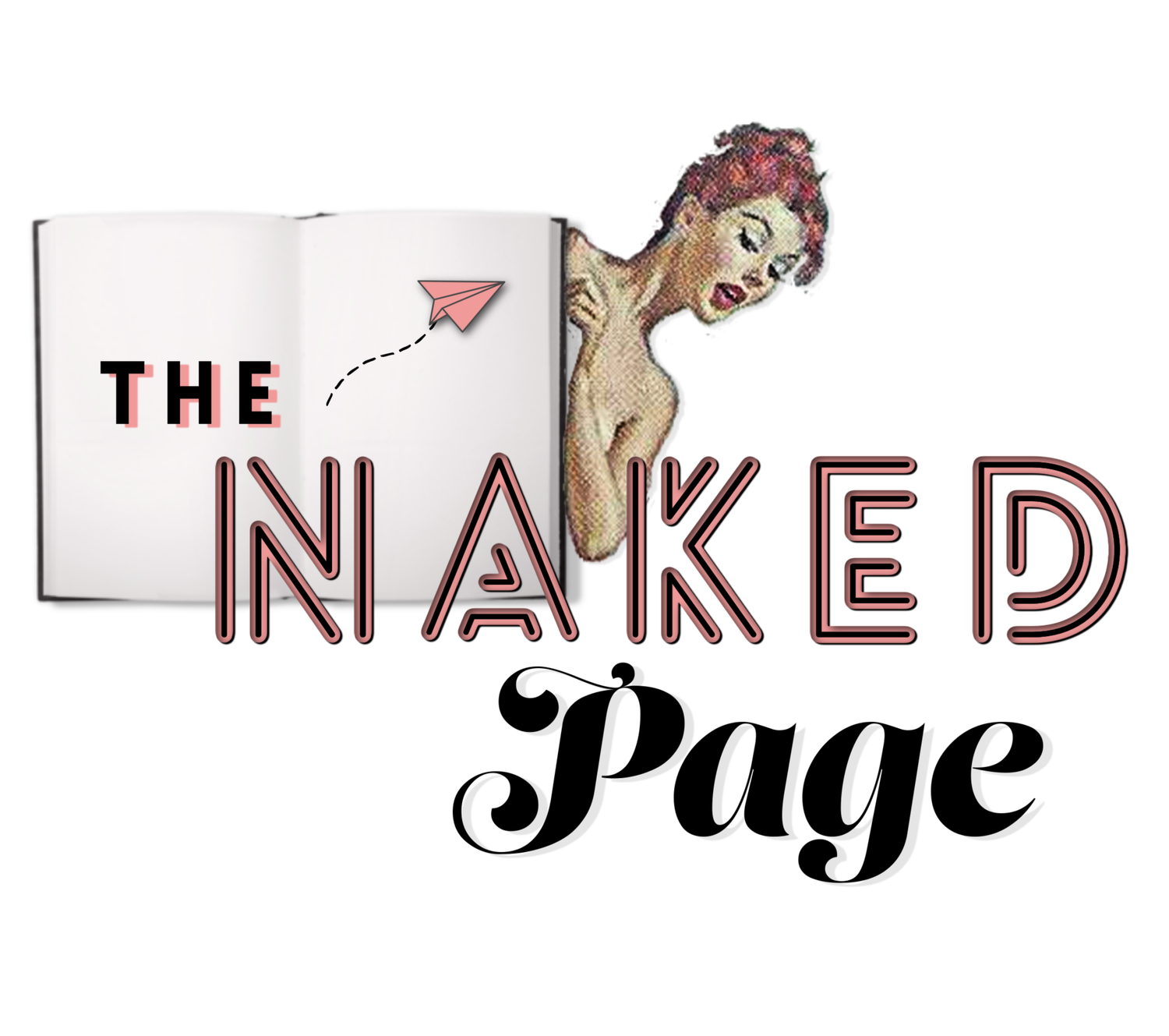To Outline Or Not To Outline? Maybe That’s NOT the Question
You were forced to do it in high school or college. Maybe you even got a grade for it. Some authors swear by it. Others break out in hives when you mention the word.
The Outline.
Why does this little process provoke so much anxiety?
Recalling the tedium of school research papers still stresses me out. I loved the writing process but hunting down exact quotations and ensnaring them in a list of sources felt like a struggle. And then there was structuring that damn outline.
Remember being required to turn one in before you even knew what you were writing about?
Did your teacher red mark that sucker until it looked like a crime scene? You bet.
Pure fear shook me every time we entered the library. I wondered if I was doing it right and I didn’t even know what it was.
But when I began teaching English, I had a revelation.
Most famous authors weren’t research savvy, college grads or even 9-to-5ers.
They were marginalized outcasts who lived on the fringes of society, barely hanging onto day jobs with raging addictions or pining over unrequited love affairs.
Historical hot messes.
Go watch the movie Byron if you don’t believe me.
Yep, your entire school career was a lie.
You were taught to be buttoned up and prepared for the real world, but the reality was you were dissecting the lives of complete disasters.
And if you follow these simple steps, you, too, can become an utter disaster. I’m kidding.
“Stop letting overcomplicated outlining keep you from moving forward with your writing. ”
My point in walking you through misanthrope land is not to destroy your school memories. It’s to prove that your story, not your outline, is the most important part of your task as a writer.
Sure, I told you in my last post that creativity needs containment.
And it certainly does. I just want you to realize applying structure isn’t as rigid as you might think.
Most of the author’s whose books we revere as classics had their own ways of mapping out a rough draft. I doubt most of them organized a traditional outline.
If overcomplicated thinking is keeping you from moving forward with your writing process, STOP IT RIGHT NOW. You can find flow—from brainstorming to organizing your ideas.
In the 5-paragraph essay, the thesis statement was the most challenging part. The rest of the process was made up of listing facts in some kind of practical order.
So, let’s make your thesis simple.
Guess what? Your thesis is YOU. No, not literally.
But your overall concept is what we’re after here. The big message behind what your writing.
This is the fun stuff! We’re in search of major life themes in memoir. Or your unique perspective on a subject if you’re writing fiction or creative nonfiction.
Think of a theme as your strongest opinion or the biggest lesson you’ve learned. Or consider it the take away for your readers after they finish your book.
It’s an idea they can apply to their life even if their story is vastly different from your own.
Here are some common examples of universal themes:
Coming of Age
Change is Inevitable
You Can’t Outrun Your Own Fate
Power Always Corrupts
Good vs. Evil
I didn’t do much outlining when I started writing my first memoir.
I had 20,000 words before I realized my book project was going to need more organization. So, I devised The List Method and I’ve used it with all my writing projects ever since.
The List Method:
Identify the book’s theme first (hello, thesis statement). Overcoming Fear was the universal theme that glued my memoir together. Notice how simple it is. It’s not an elaborate statement. It’s two words and one basic concept that almost everyone faces. Once I got the theme down, it was much easier to structure my story. Any key memories that didn’t relate to overcoming fear were cut.
Set parameters. I established a timeline for my memoir. Events that fell between the years 2003-2011 were the only useable ones I allowed. My slice of life story had to fit into that period.
Find the big turning point. In memoir, you won’t necessarily know where your story begins. But you can almost always identify a big life event.
Find the most traumatic, dramatic, or compelling memory. Start there.
This will be what your whole story hinges on. Mine was: Having severe stage fright as a half-naked burlesque performer in front of an audience of 500 people. That big moment was when I started writing my story about overcoming fear.
Make your initial list. Like my OCD mother before me, I found lists helpful in dealing with my anxiety. The key memories that related to overcoming fear within that time period were jotted down. This initial list became chapters and the headings for additional lists.
List a rough sequence of events. Once I had that initial list of big memories completed, I added smaller events under each heading in chronological order. This structure gave me an overview of what I was going to write about. It also allowed me to complete two specific tasks:
I could see each scene within the context of the bigger picture. This meant I could easily identify which events drove the theme onward and which ones were irrelevant and should be scrapped.
I could study each event in isolation. This meant I could work on an event from Chapter 20 before I started Chapter 5.
Include vignettes. I had a series of vignettes (short character sketches or experiences, orphans that didn’t fit in any of my other writing) that could be strung together with transitions and used to further illustrate a scene.
This ain’t your Comp 101 research paper outline.
Building lists could be the trick that helps you define a rough structure and gets you fully immersed in your story.
Writing out phrases or short sentences for each memory provides you with a spine. Filling in memories is much easier with this initial organization. And then you continue adding details until a full story emerges.
My outline list looked something like this:
“Universal Theme: Overcoming Fear
Time Period: 2003-2011
Turning Point: Having to deal with stage fright at a show with 500 audience members
2003: Divorcing my first husband, leaving home, and moving to Phoenix.
2004: Falling in love, but not having any money and struggling to survive
2005: Going back to school to become a high school teacher
2006: Enduring medical malpractice
2007: Teaching at a school with marginalized students while my relationship disintegrated because of my health problems
2008: Meeting someone new that I didn’t love, leaving my other relationship
2009: Getting married to someone I didn’t love while doing burlesque as a means of getting my health back on track
2010: Increasing problems with health and my relationship until I split with my second husband and started performing professionally
2011: Dealing with stage fright at a show with 500 audience members
July 2011: Leaving Phoenix”
This list set up the bones or basic parameters for my story. A map in a big picture kind of way.
Once I could see the overview, I expounded on it by adding more detailed lists.
For example:
2003: Divorcing my first husband, leaving home, and moving to Phoenix, became an expanded list:
Having my fiancé behave strangely, I questioned my upcoming marriage
Despite cold feet, I went through with the wedding anyway
Re-examining my “good girl” Southern upbringing, I ventured into questionable territory
I left my husband after only a few weeks because he lied about his drug use
Discovering he moved his ex into our apartment, I had no interest in returning to the relationship
I started an affair with a much older guy
I made the decision to move across the country
Driving through the southern United States with my best friend, I realized this was a major life change
Getting settled into a new environment, I no longer felt like I fit anywhere
Think of this listing method as taking a magnifying glass to your life. You get the big ideas down first, then you look more closely at the smaller stuff.
Some of the vignettes I wrote during this period also fit nicely into the puzzle. They were pieces that could be linked together using transitions.
Other vignettes didn’t work at all and had to be cut. While they may have fit the time period, they didn’t fall under the universal theme of overcoming fear.
“Time in Memoir:
Keep in mind you never want your memoir to read like a scientific log of facts.
While honesty in memoir writing is essential, the one place you can experiment with is time. You’ll need to skip over lackluster periods where nothing much happens. Or you may want to snap up an event from one period and drop it into another. This is considered artistic license and it’s acceptable. ”
A word document may be difficult to manage when working on a larger book with lots of plot and character threads.
I used Scrivener to create my memoir. At the time of this writing, a Scrivener license costs $41. The program allows you to see your work as notecards stuck to a corkboard, as one long continuous draft, and as a series of sections or chapters. Scrivener allows you to easily plan out and also play with the time in your memoir.
Sure, you can just write.
Just writing may work fine for short articles and essays. But if you’re using a longer format like a book, you may find that writing an entire story as a Word Document doesn’t allow you to trim up or change one small section of your story. It can turn into a “needle in a haystack” fast.
Think about writing a book like a piece of embroidery with lots of threads. It may look gorgeous and complete on the front side, but if you examine the back, you’ll find a beehive of threads tangled together. It’s a mess.
The writing of a rough draft is like the backside of that embroidery. You don’t want your audience to see your mess of different threads, but you’ll need easy access to all of them until you finish editing.
If you struggle with adding structure but know you need to get organized, try the List Method.
It’ll allow you to generate a bulleted outline. Your actual writing will easily pick up where your outline leaves off. Think of it as just filling in the gaps.
If this method doesn’t work for you, I’d urge you to seek out other means of structuring. But make it easy.
There are scores of different types of colorful outlines, grids, Venn diagrams, and graphic organizers you can explore to map out a story.
The reason I advocate for the List Method is that it isn’t a separate structure in addition to the writing process.
Once you start filling in details you’re just expanding on the document that gave you your initial structure. Like magic, you go from a rough outline to a completed rough draft by adding in details.
Do you outline your work before you start writing? If so, what's your favorite outline technique?


